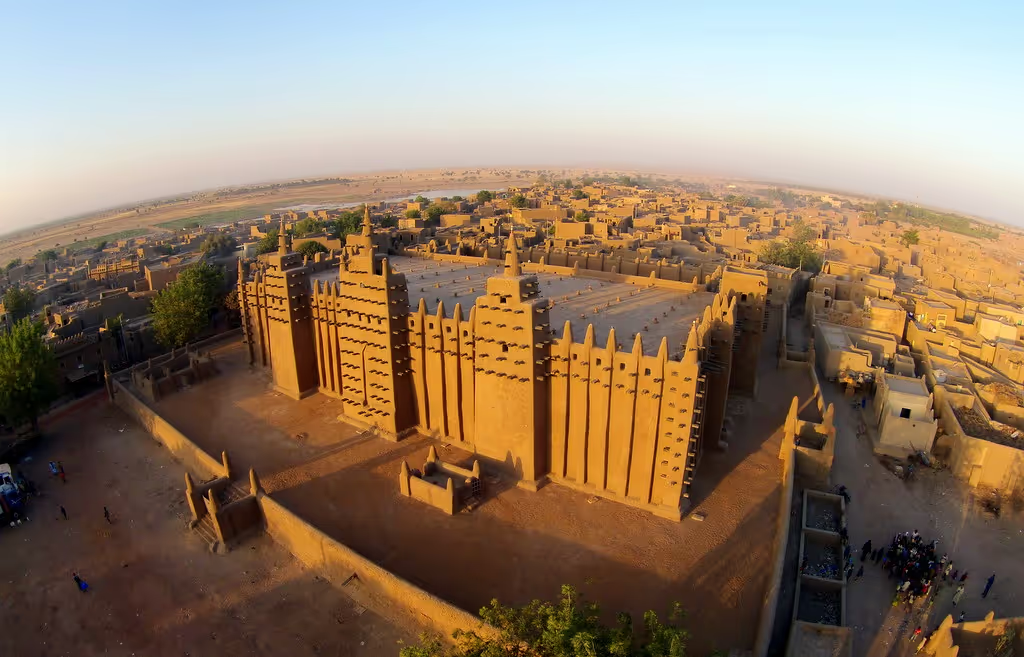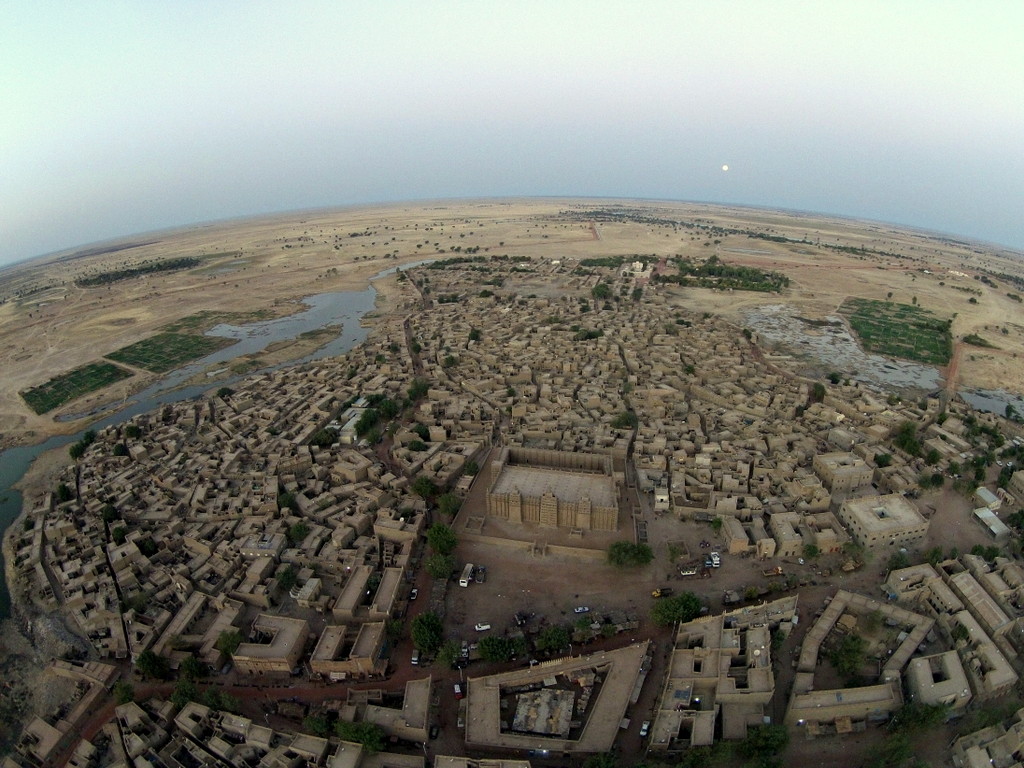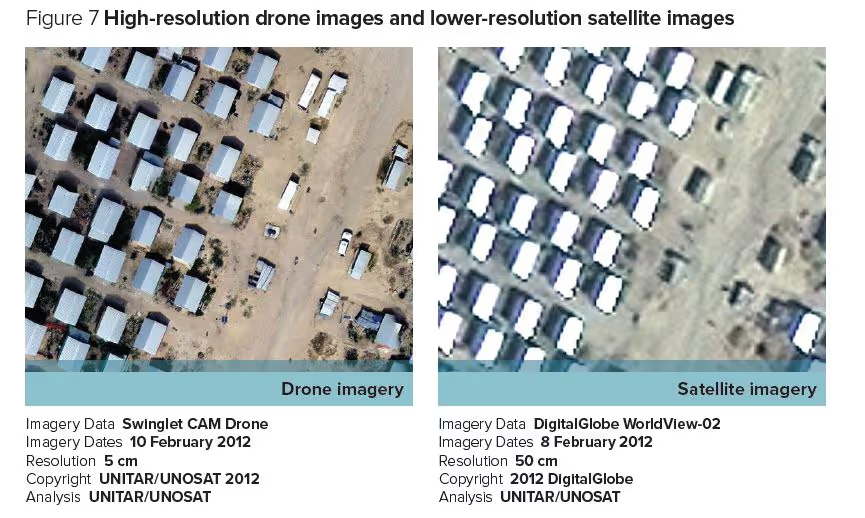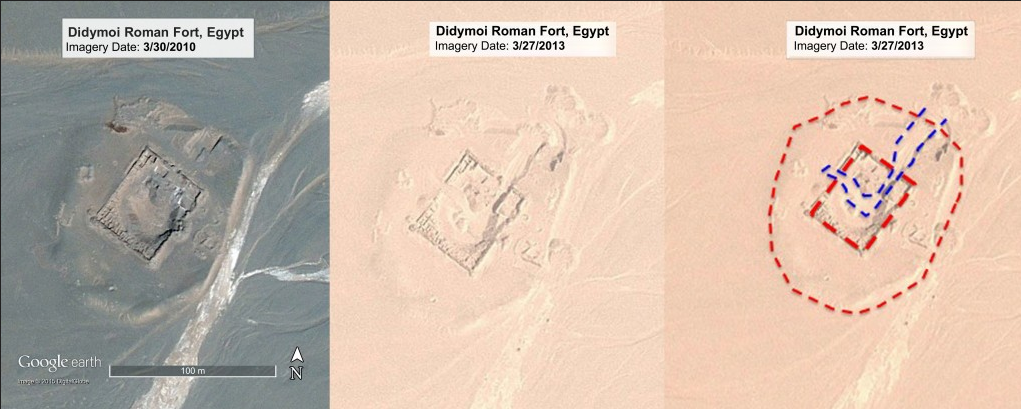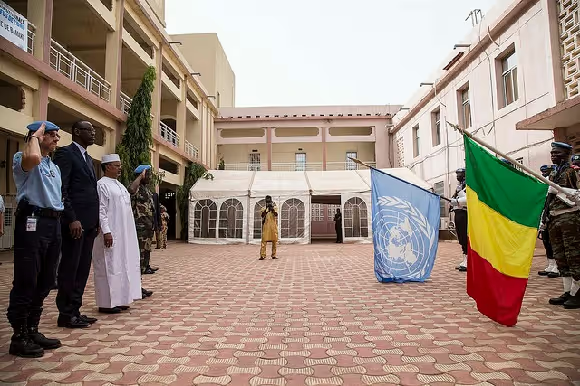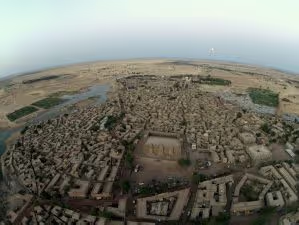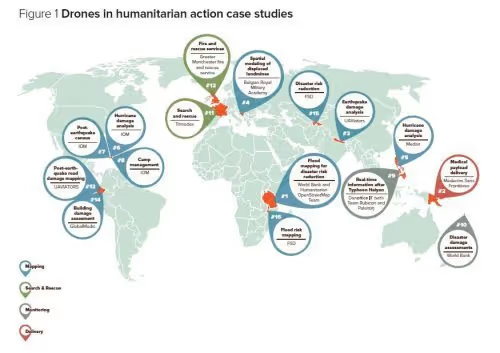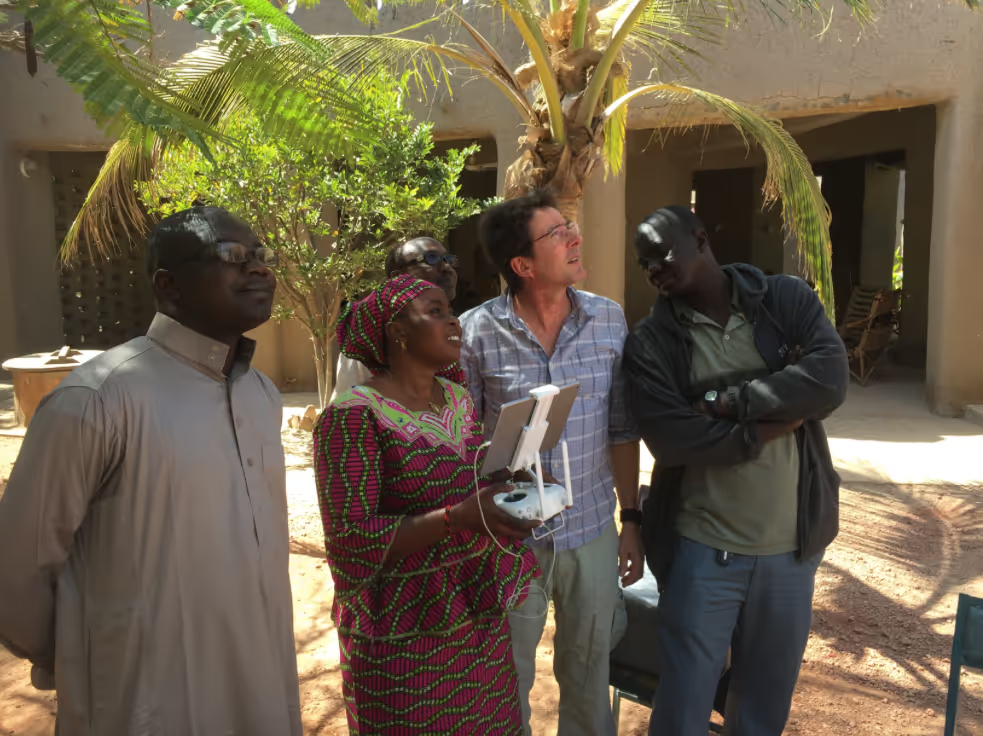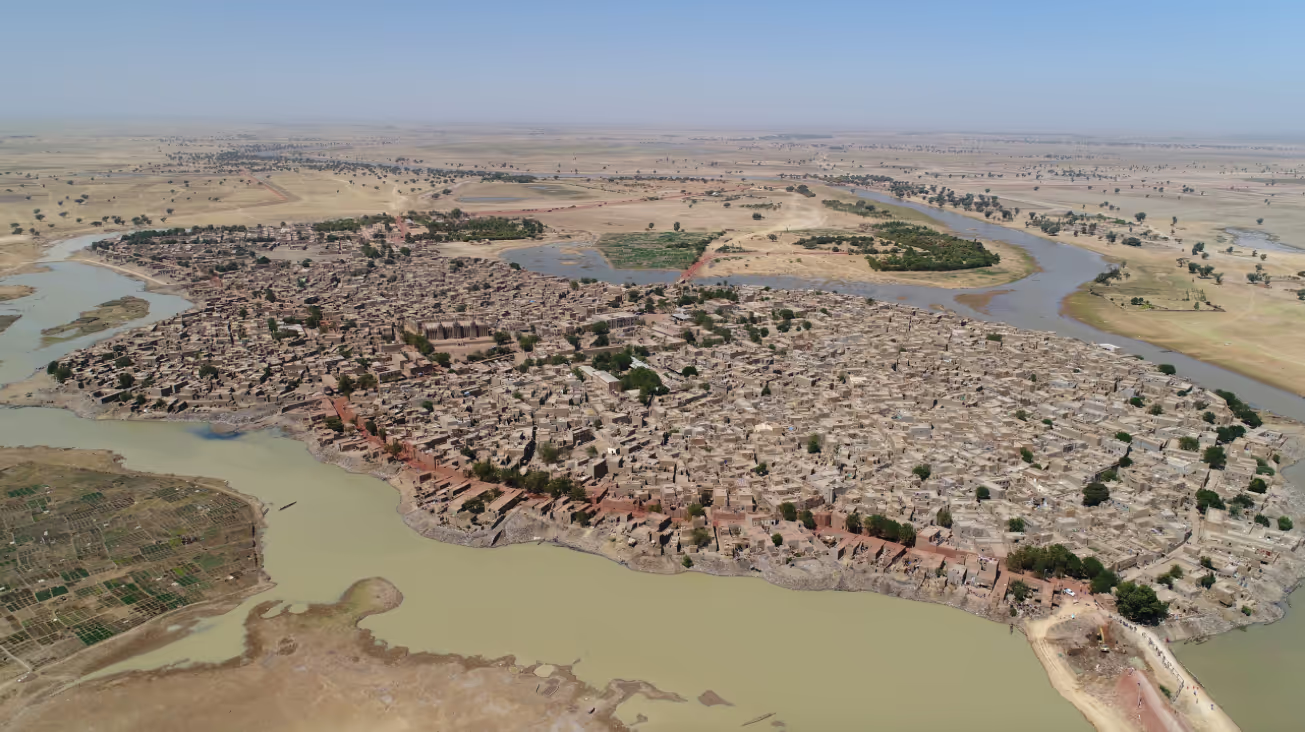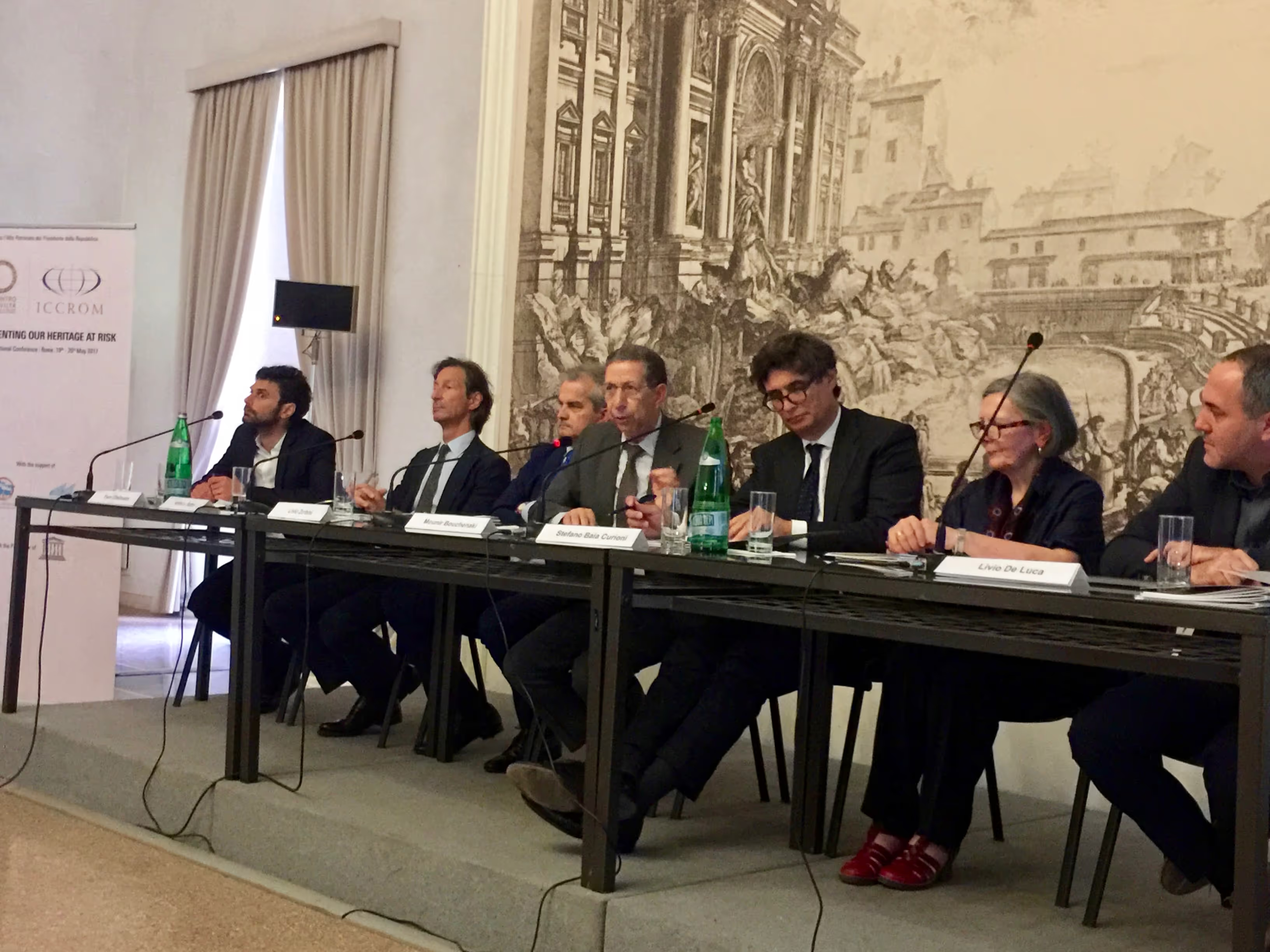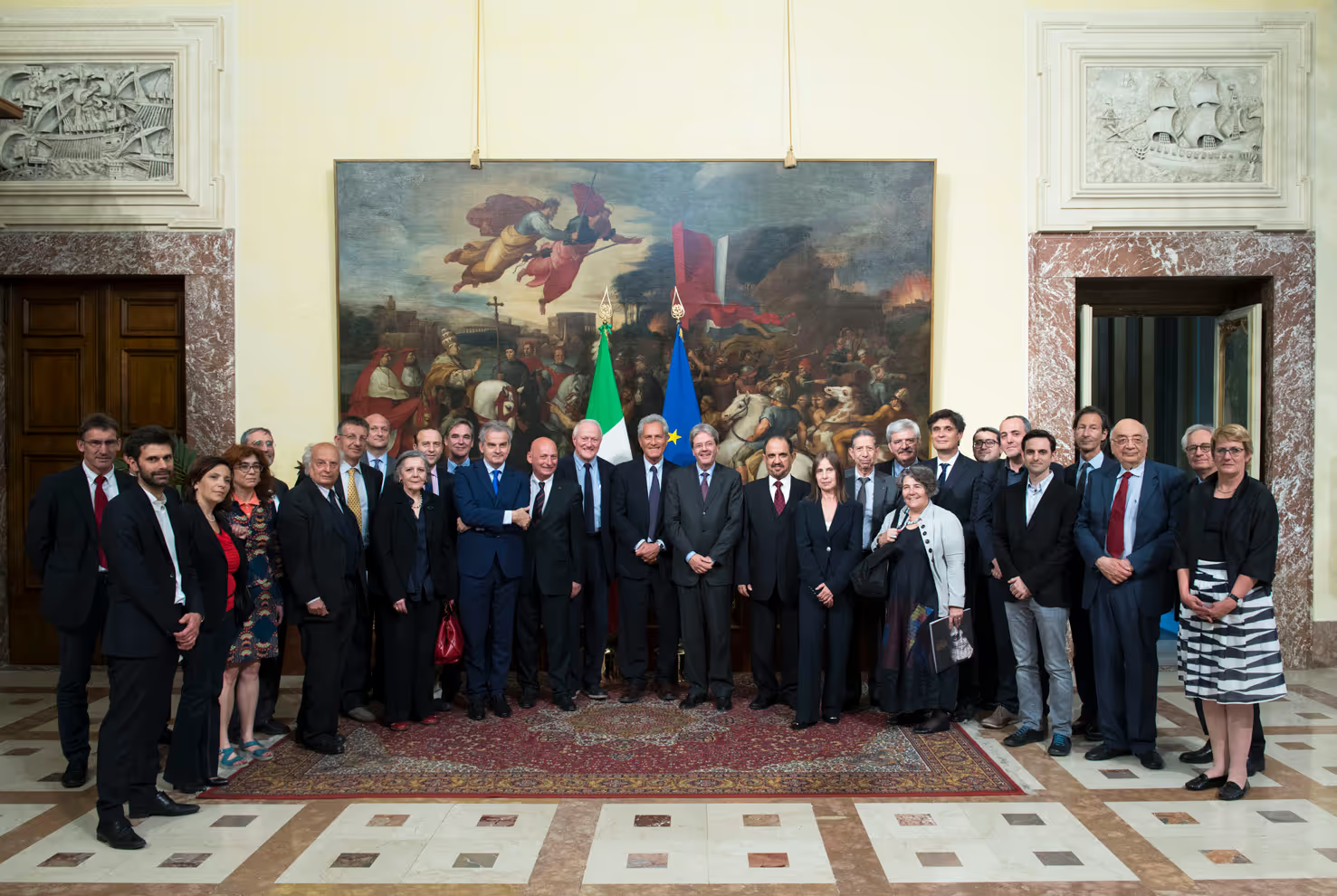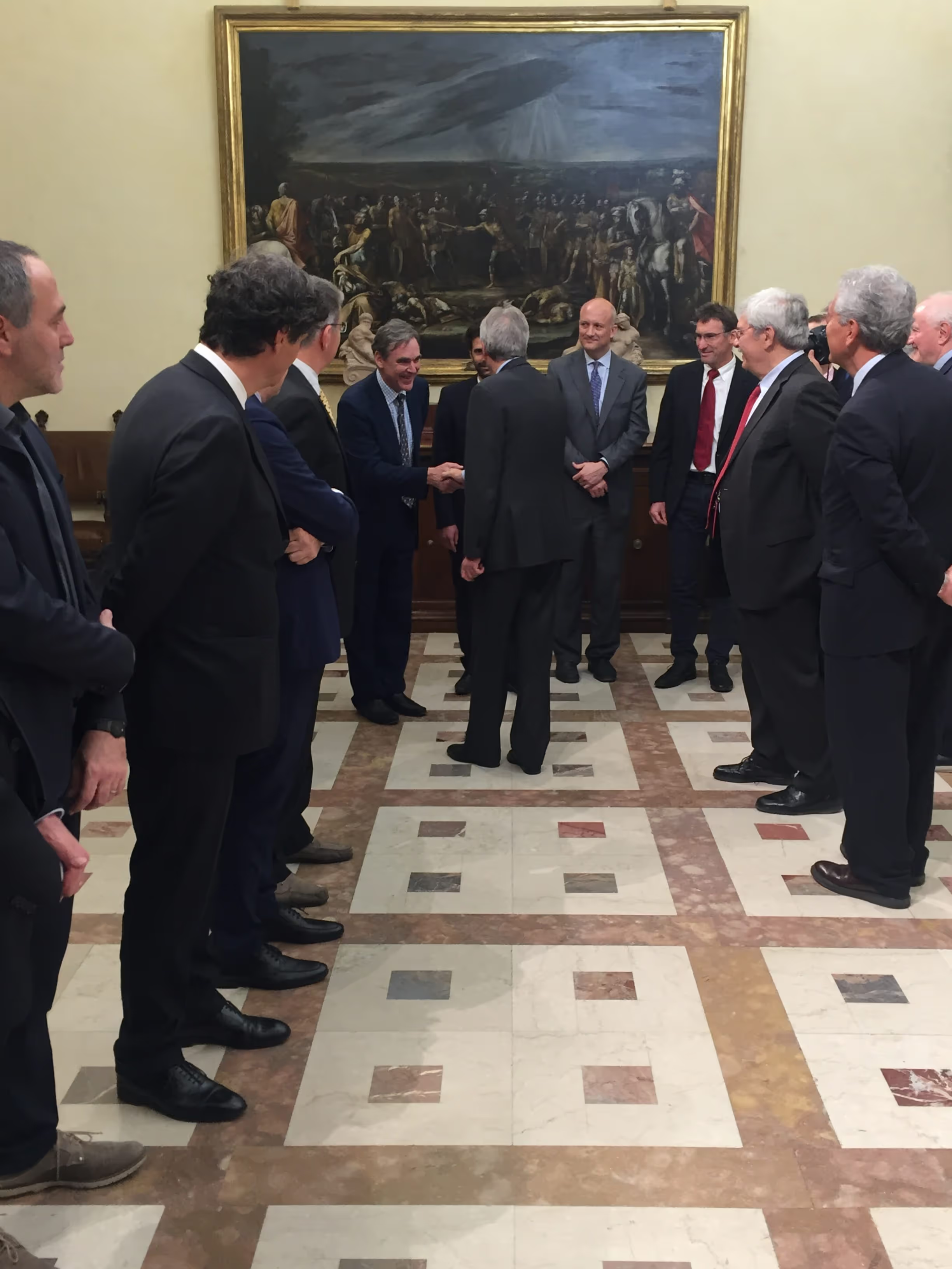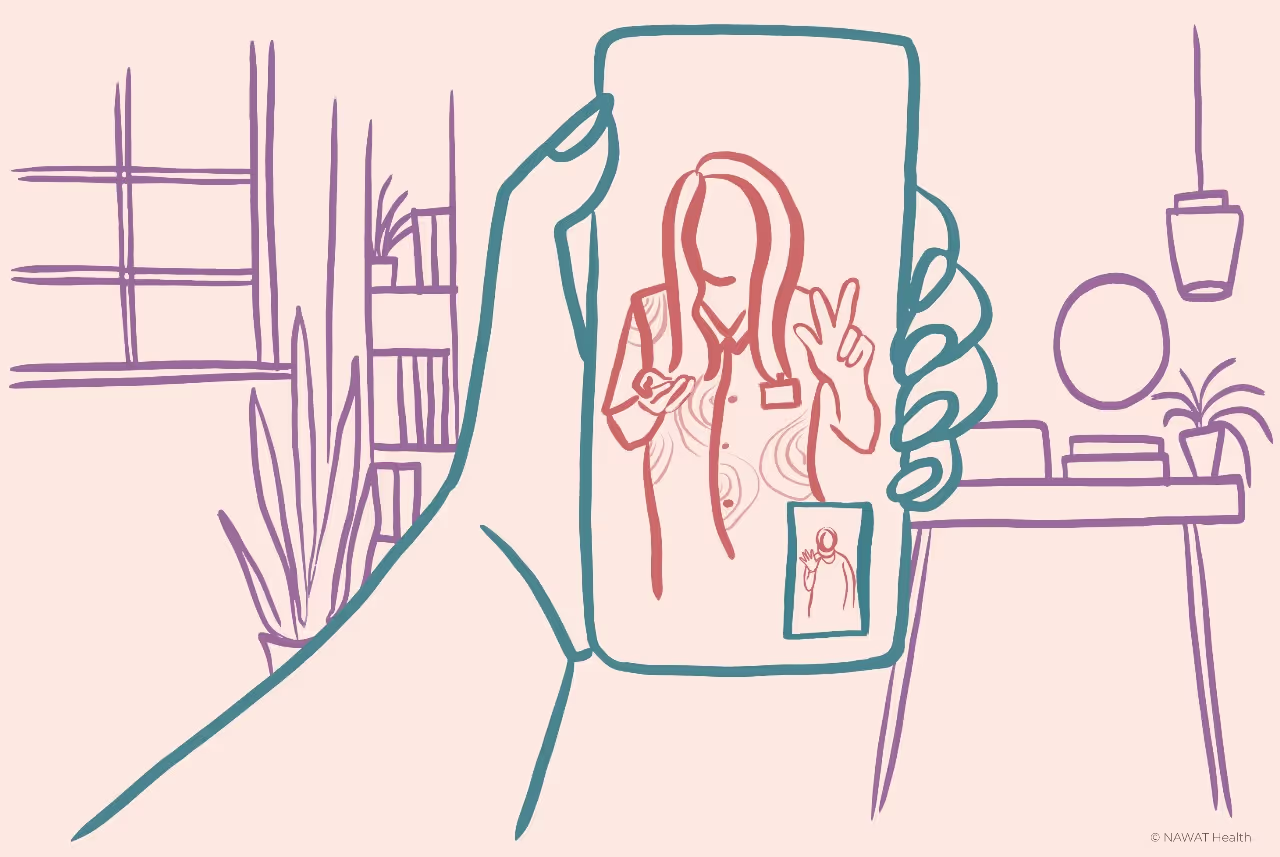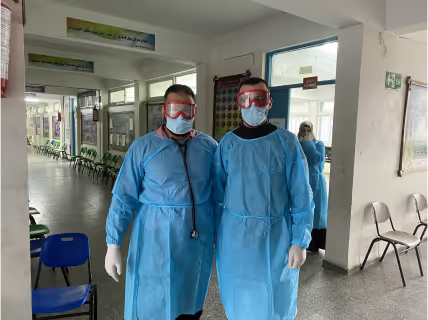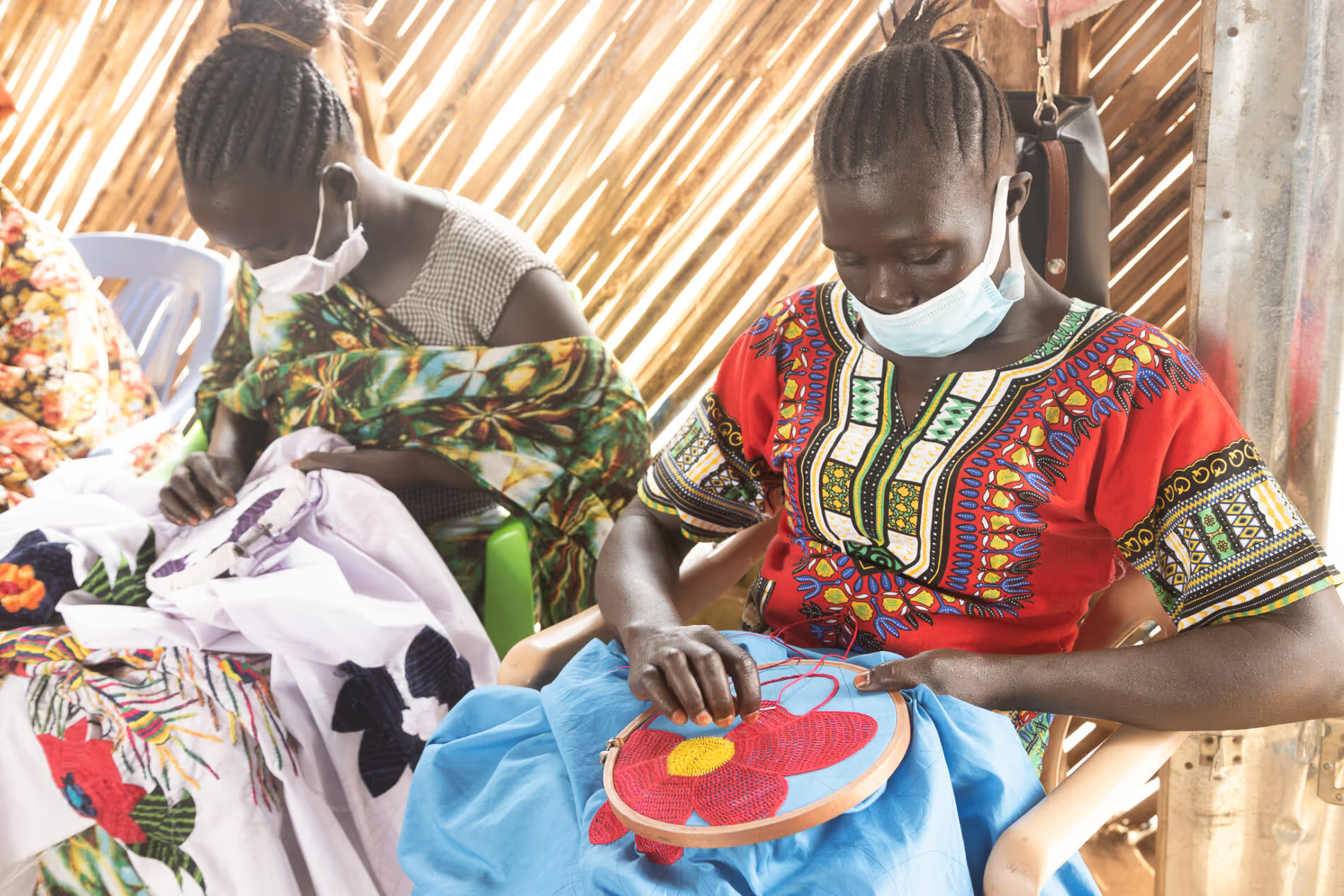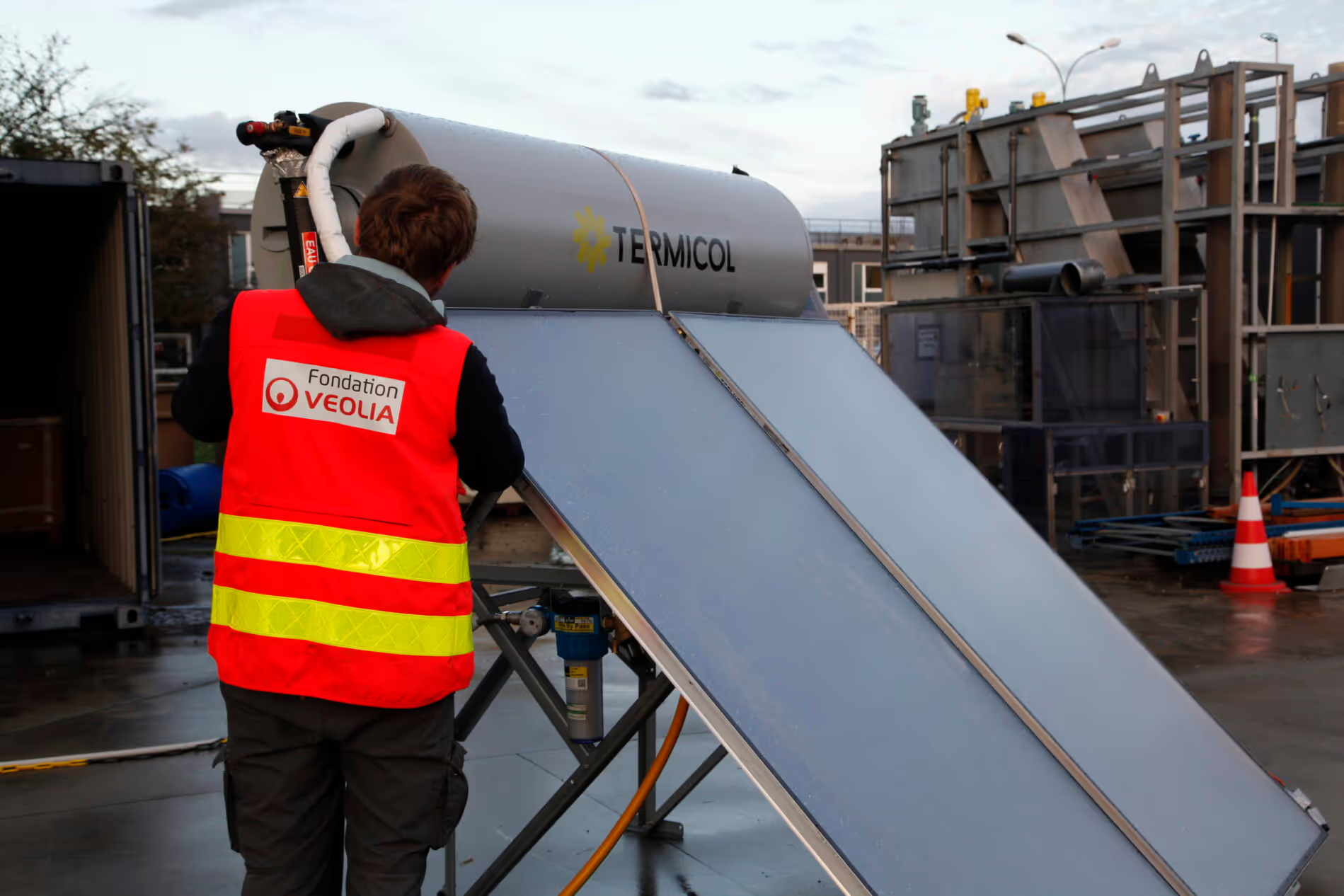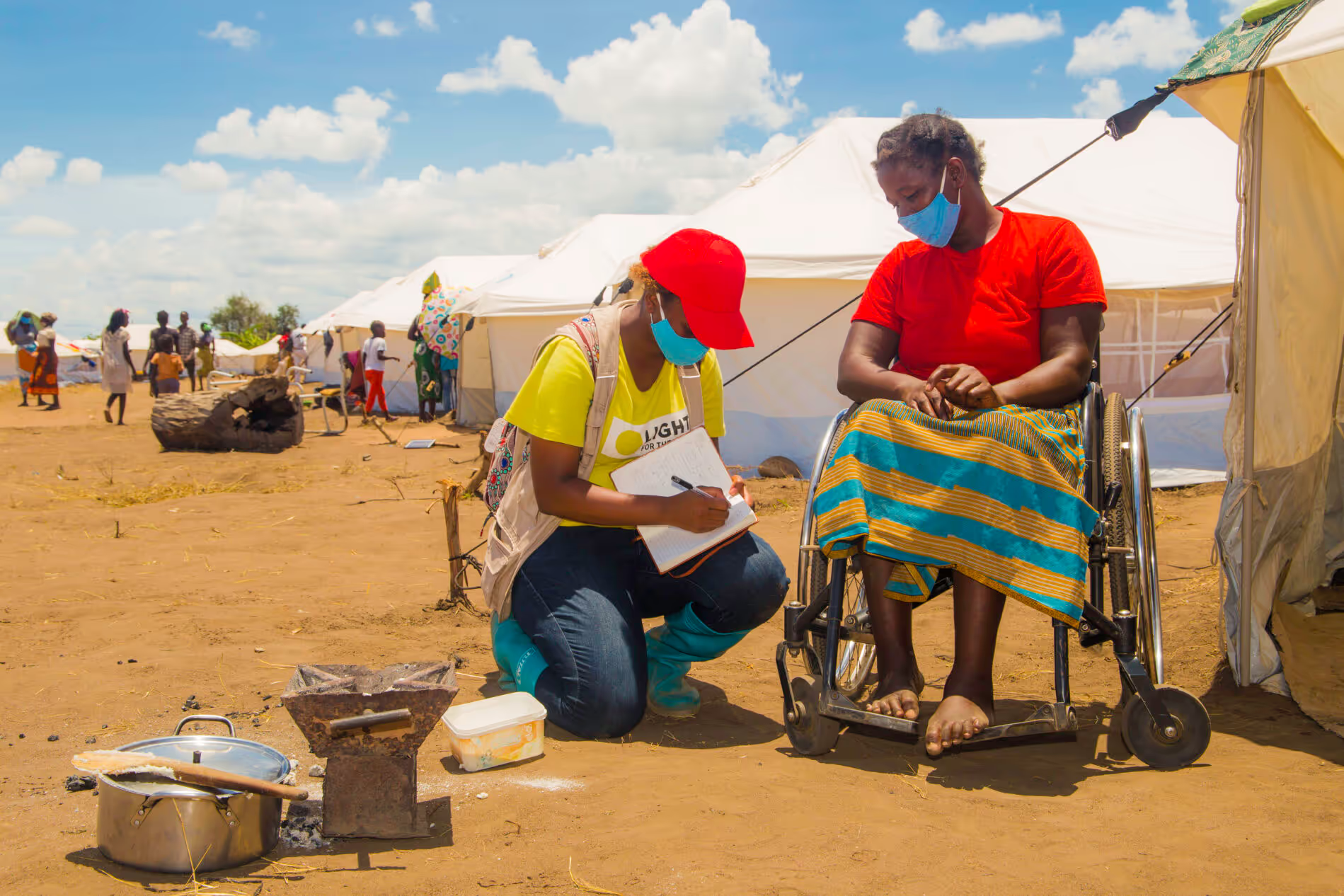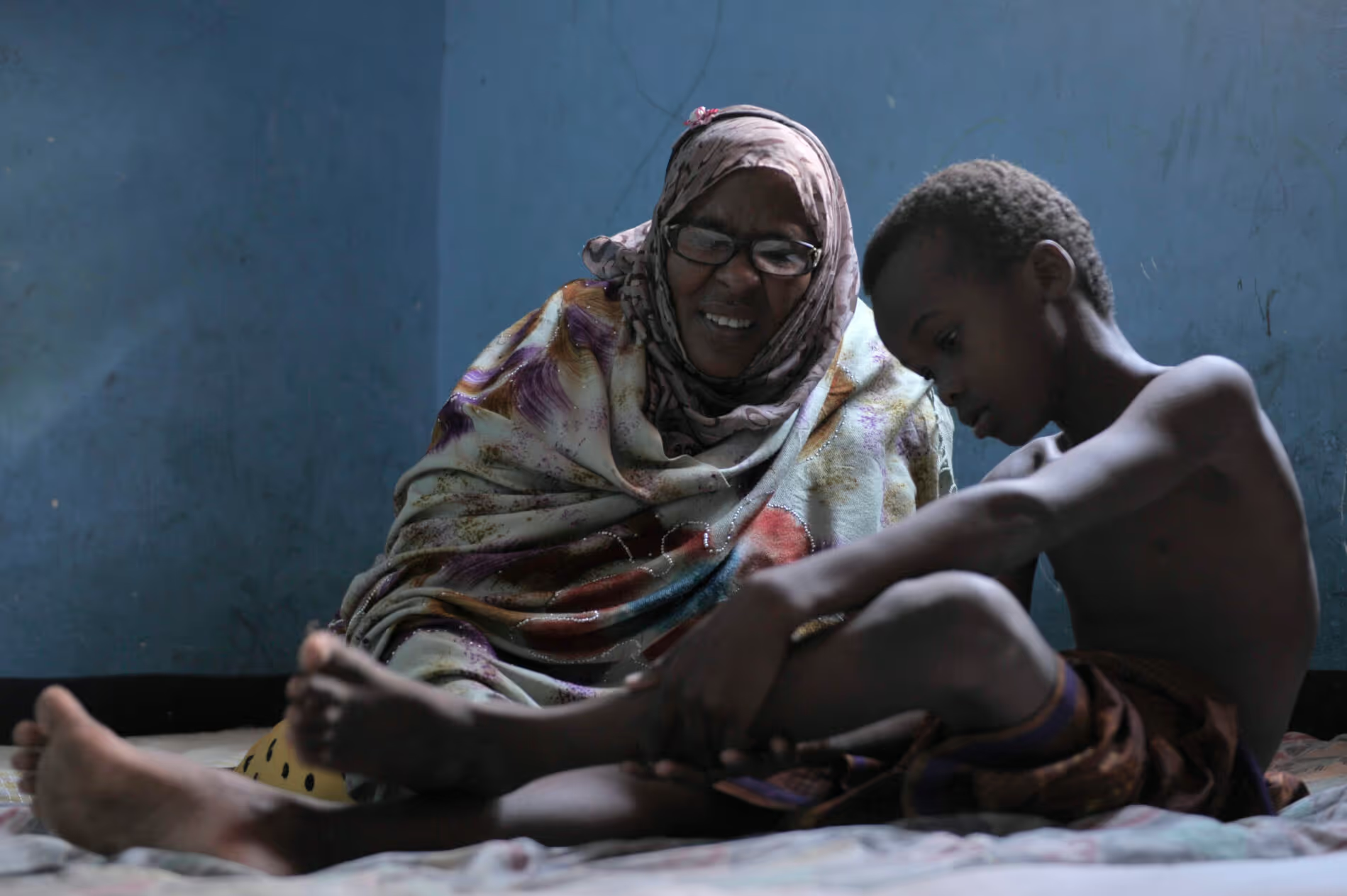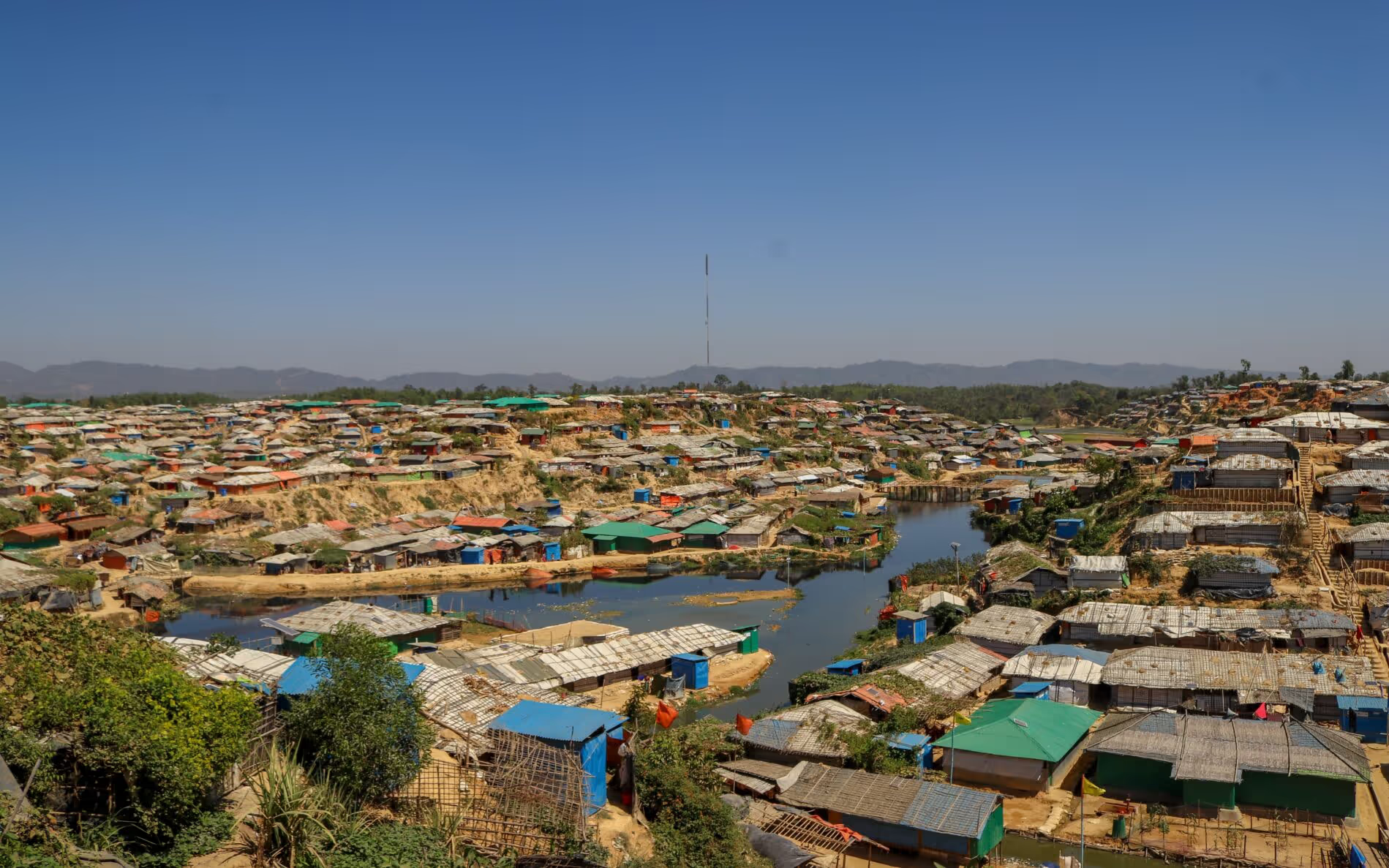Community-based mapping‚ modelling and monitoring of endangered heritage

Project overview
Building on advances in consumer UAVs, photogrammetry and augmented reality to re-imagine how we can empower communities that are stewards of heritage sites around the world facing conflict, encroachment or natural hazards such as flooding.
Countries
Mali
United Kingdom
Organisations
LSN
Partners
Endangered Archaeology in Middle East and North Africa project (EAMENA), Oxford University; Ptolemais-Hermiou, Sohag; Documentation and Archaeological Survey Project, Helwan University; Ministry of Egyptian Antiquities; Mali Mali; Inition
Area of funding
Humanitarian Innovation
Grant amount
19866
Start date
15
November
2016
End date
15
May
2017
Project length (in months)
6
Funding calls
No items found.
Focus areas
No items found.
Topics
Human rights and security
Accountability and participation
Status
Closed
Project solution
This project offers [specific solution or intervention] to tackle [challenge]. By implementing [strategies, tools, or innovations], the project aims to achieve [desired outcomes]. The approach is designed to [specific actions or methods] to bring about meaningful change in [community, region, or issue area].
Expected outcomes
This project aims to achieve [specific outcomes], such as [measurable results, improvements, or changes]. The expected impact includes [benefits to the target community, advancements in research or innovation, or long-term effects]. By the end of the project, we anticipate [specific changes or milestones] that will contribute to [broader goals or objectives].
No items found.
DESCRIPTION OF THE INNOVATION
Building on advances in consumer UAVs, photogrammetry and augmented reality to re-imagine how we can empower communities that are stewards of heritage sites around the world facing conflict, encroachment or natural hazards such as flooding.
;
WHAT HUMANITARIAN NEED IS BEING ADDRESSED?
Cultural heritage is increasingly threatened by conflict and environmental factors.
How communities connect with their heritage can affect its preservation as well as jobs and revenue where there has been tourism in the past or scope for tourism in the future.
Heritage stewardship can be an instrument to promote stabilisation and in building communities that are more resilient. Equally heritage and history can prove divisive, hence the importance of understanding how to address heritage stewardship in a conflict-sensitive way.
With resources always scarce, this project also looks at the smart use of consumer technology to empower local champions.
WHAT IS THE INNOVATIVE SOLUTION AND HOW WILL IT IMPROVE EXISTING HUMANITARIAN PRACTICE?
The convergence of five factors have made this possible:
- Consumer electronics
- Transforming cost and functionality
- Accessibility and ease of use
- Image sensors
- High fidelity data
- Hyperspectral – seeing the invisible
- Connectivity
- Saas Model
- Data sharing
- Remote expert mentoring
- Smart phone literacy
- Access
- Local processing power
- 3 D rendering and visualisation
- Value add
- Engagement and understanding
- From virtual to augmented reality
Compact ‘consumer’ UAVs have been used in the humanitarian response to map. We will be taking this idea further to enable communities to model and monitor key buildings and sites; and to experience and share the data in a richer, more intuitive way.
This could have valuable spin offs for the community, beyond just heritage stewardship.
EXPECTED OUTCOMES
A detailed plan for a pilot project that would demonstrate:
- local ownership
- the potential to be replicated and
- a business model that might sustain this approach.
In addition it will provide a practical demonstration of community based heritage stewardship in an area affected by conflict and environmental challenges.
Why is this important?
Heritage is not only a visual witness of human civilisation it is also an integral part of a society´s collective memory and being. By protecting heritage and safeguarding it for future generations we are not only saving history we are also saving lives by reminding individuals of the past of their communities and the landscapes they inhabit. Protecting such sites in times of conflict requires an approach that is both conflict-sensitive as well as coherent with the humanitarian response. Designed in an appropriate way such a response could complement and enhance the traditional humanitarian response.
No items found.
Project delivery & updates
Stay up to date with the latest developments from this project. Here, you will find details on what has been delivered, resources created, and regular updates as the project progresses. Access key documents, reports, and other materials to see how the project is making an impact.
No resources/updates have been published yet for this project. Sign up for our newsletter to stay informed about upcoming publications and updates!
Join our Newsletter
Resources
No items found.
Latest updates
No items found.
